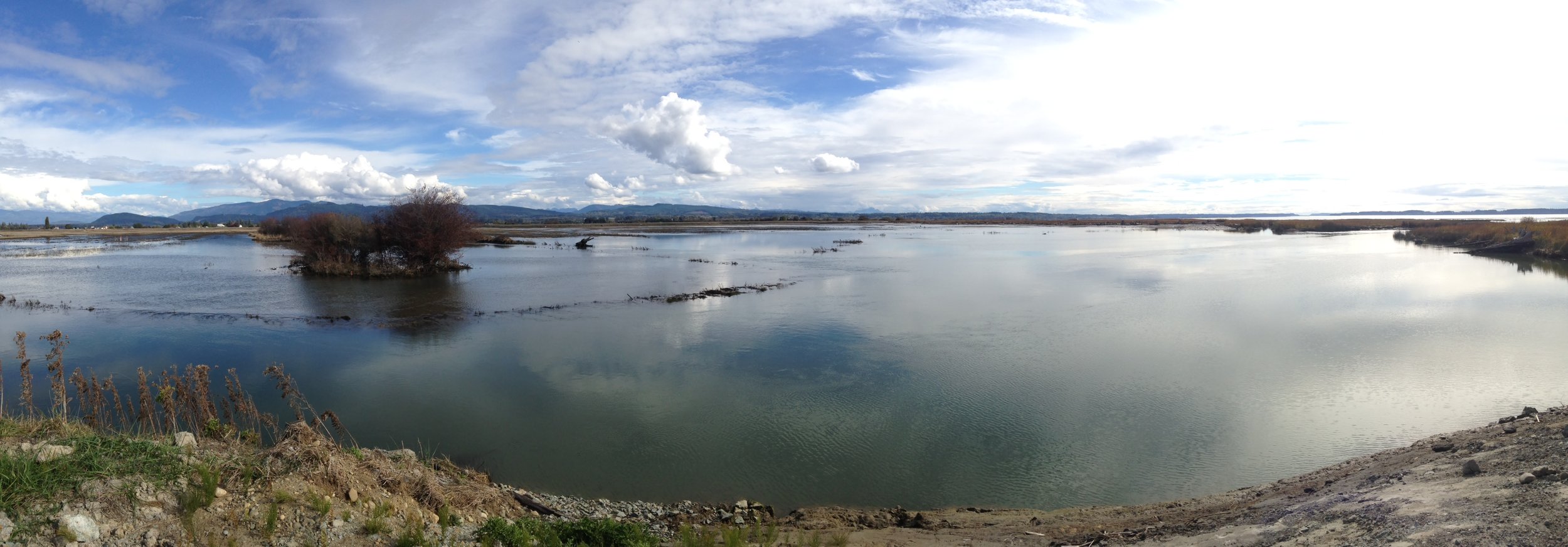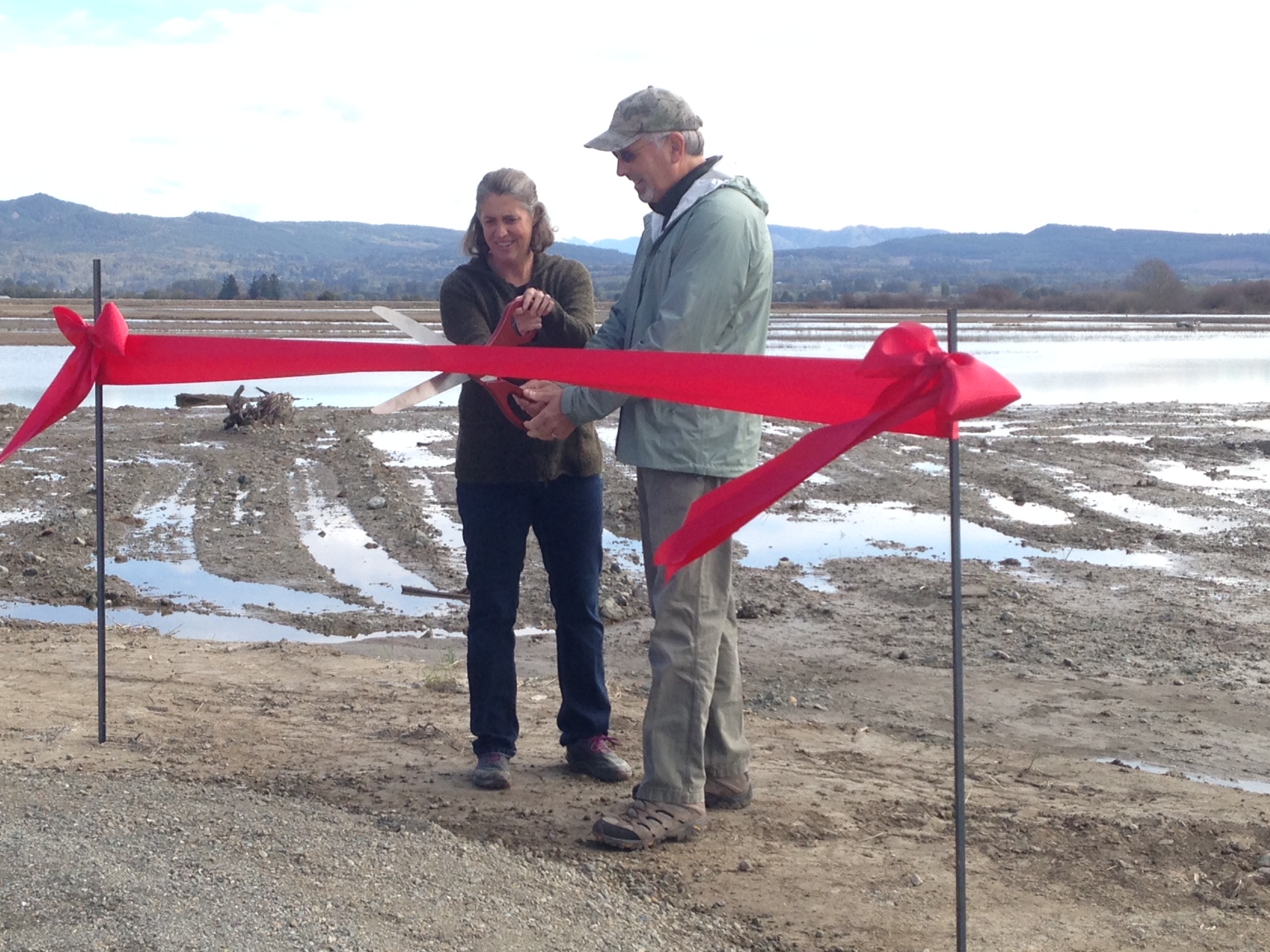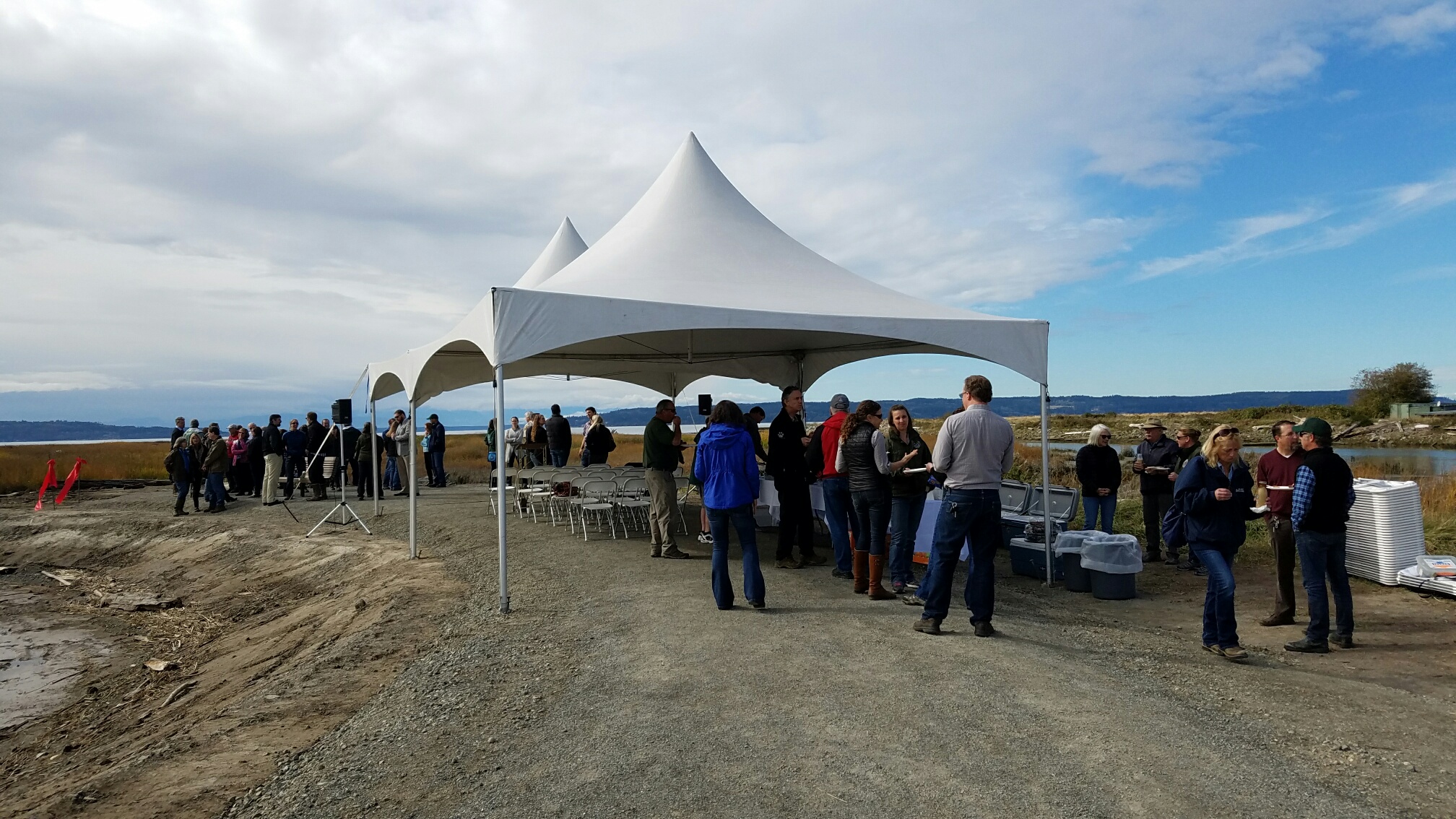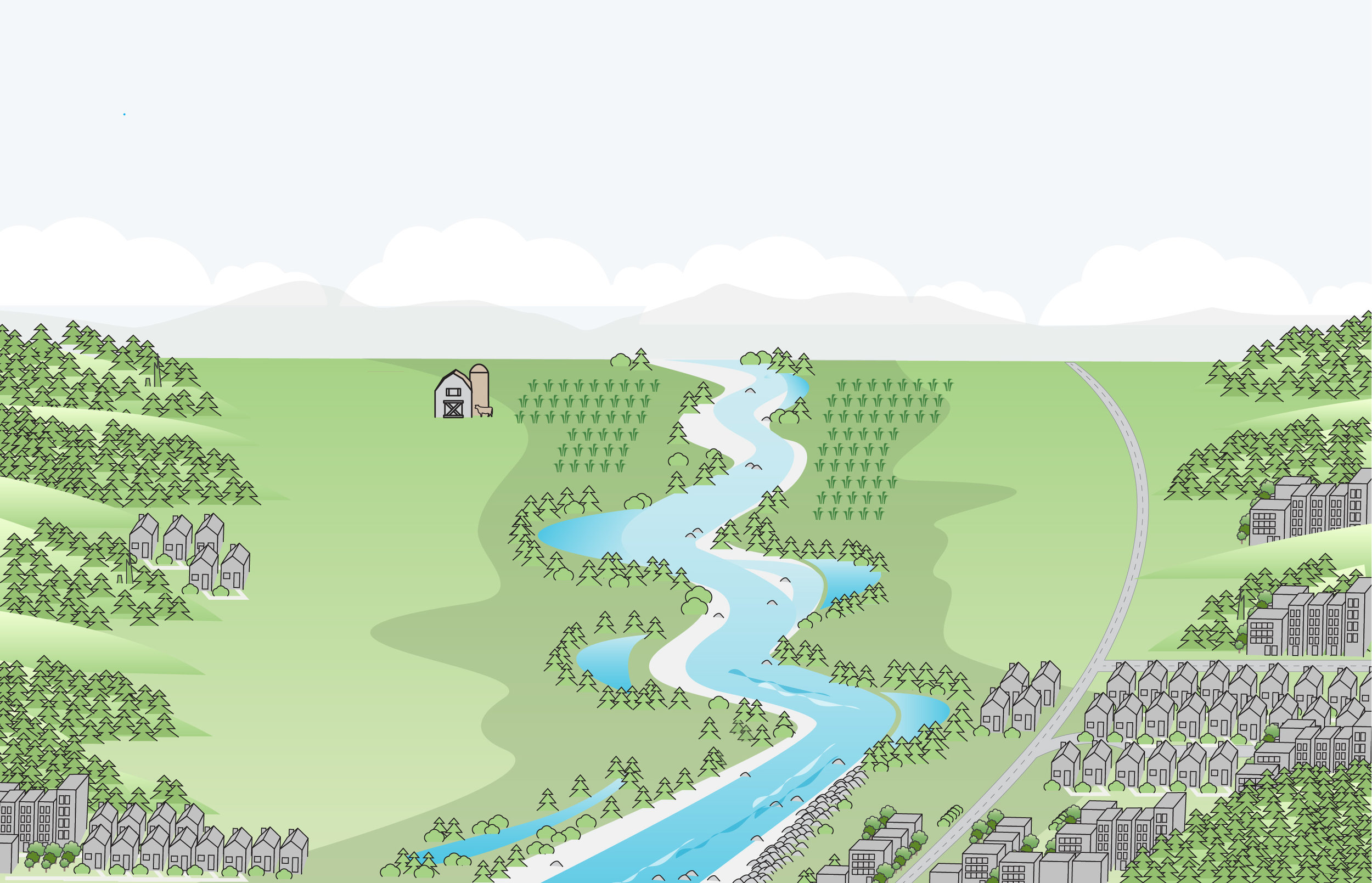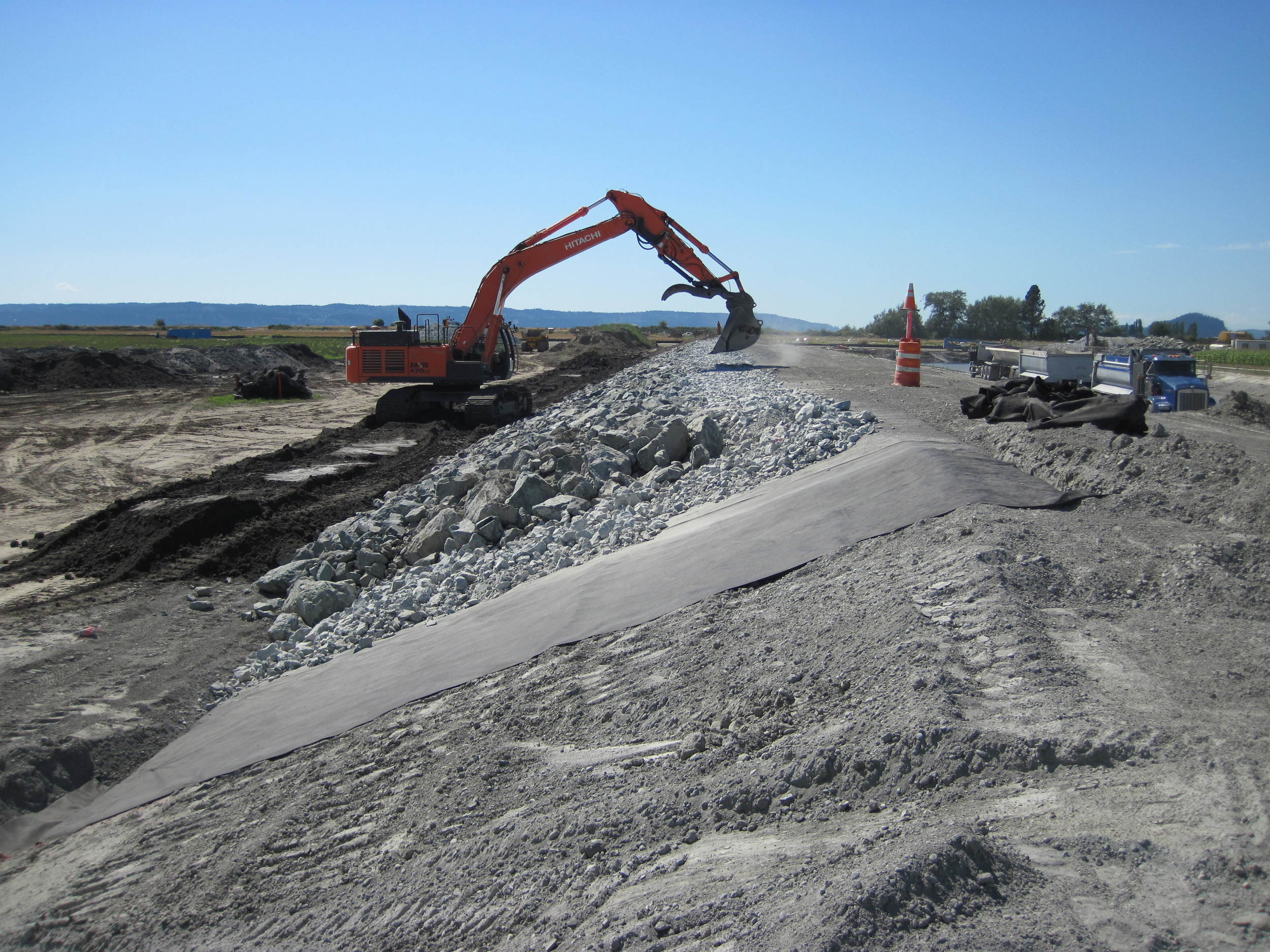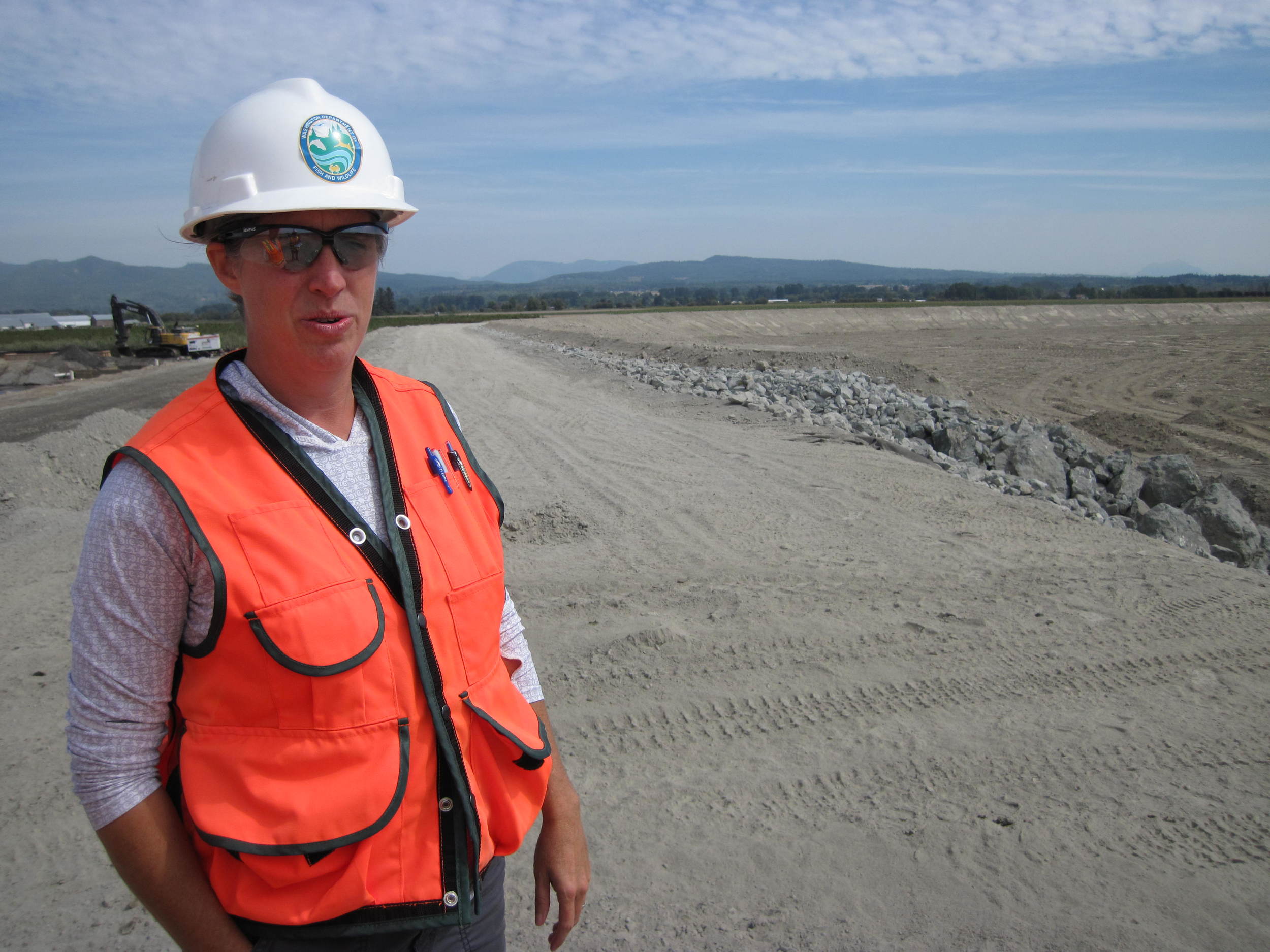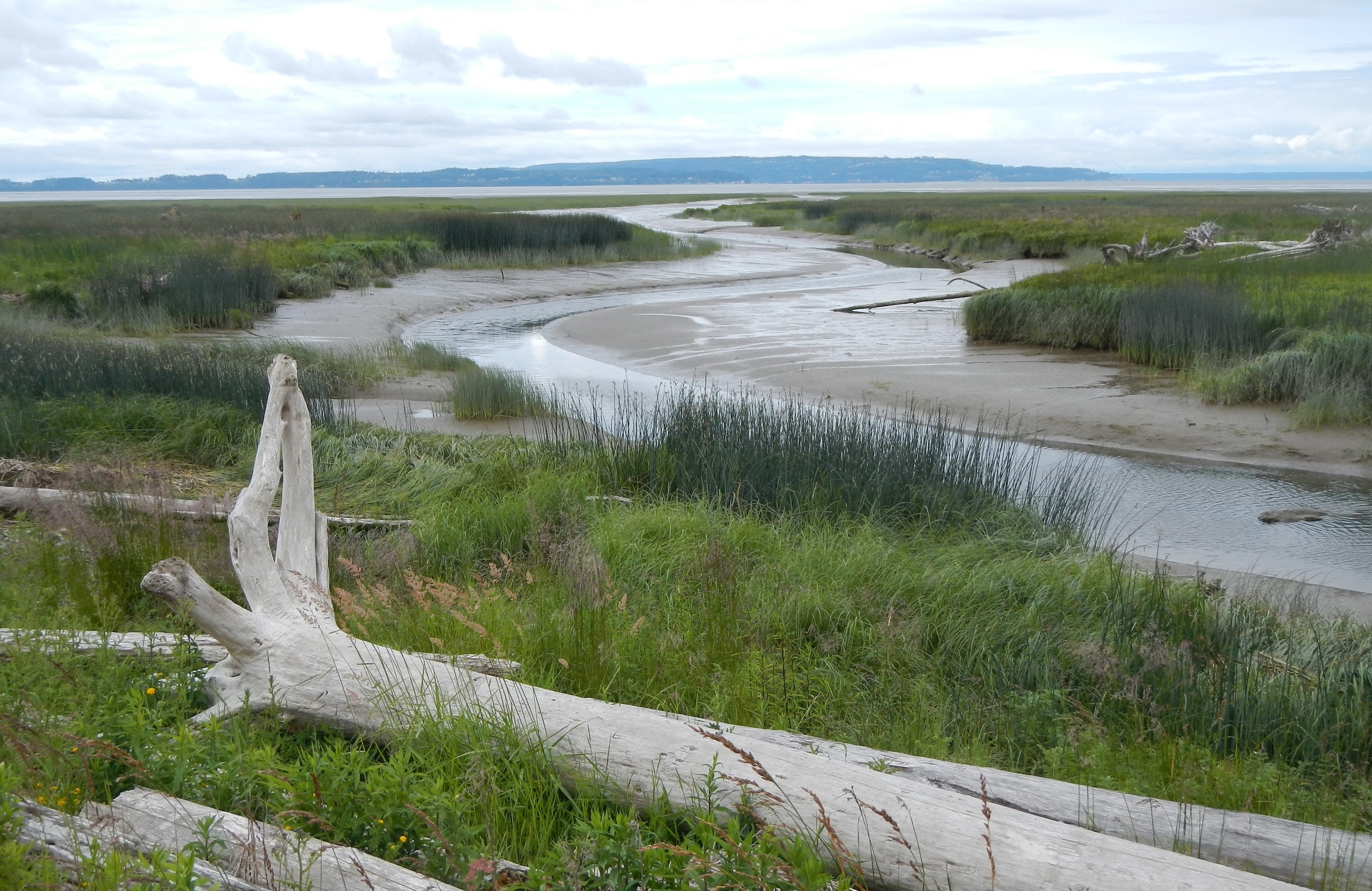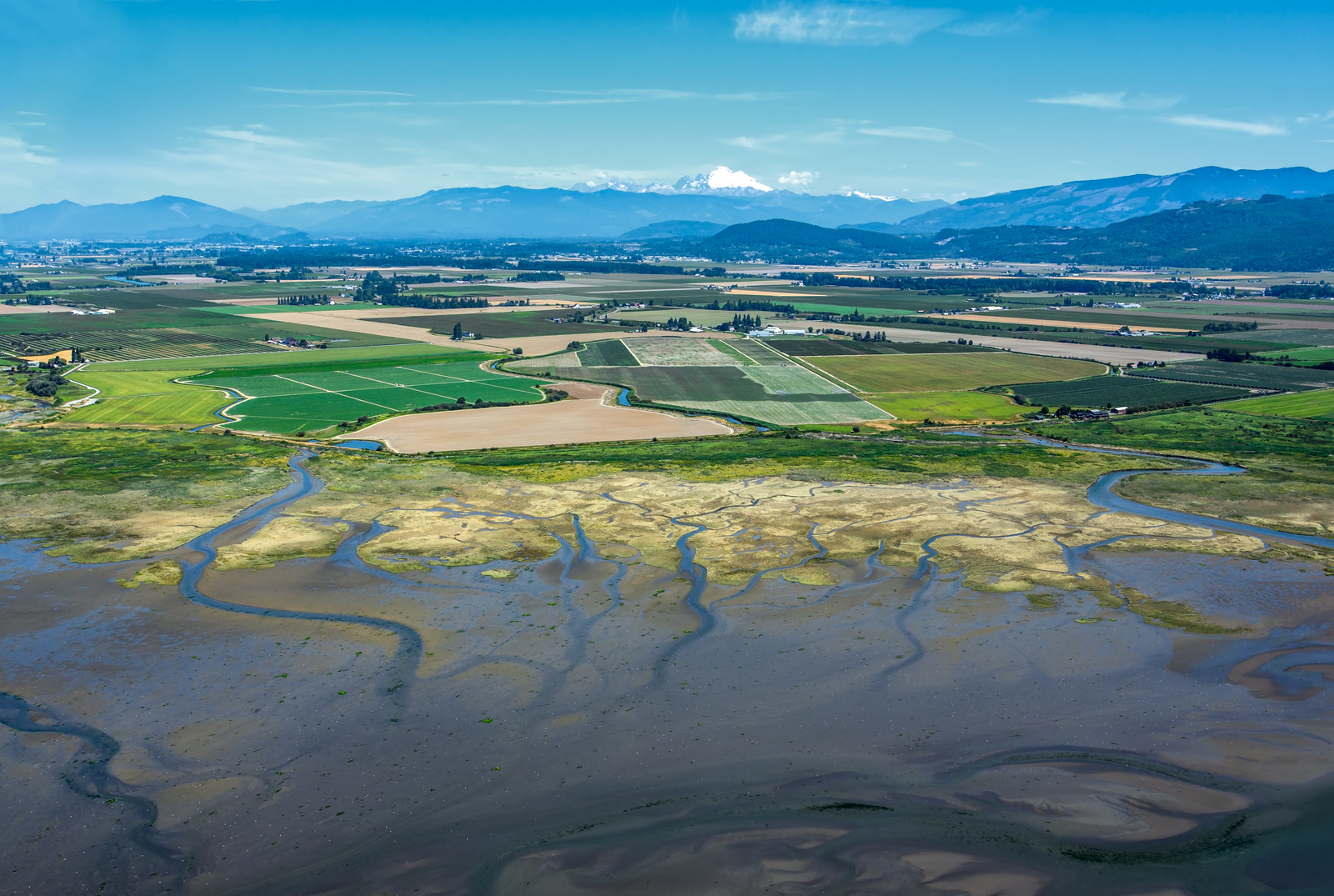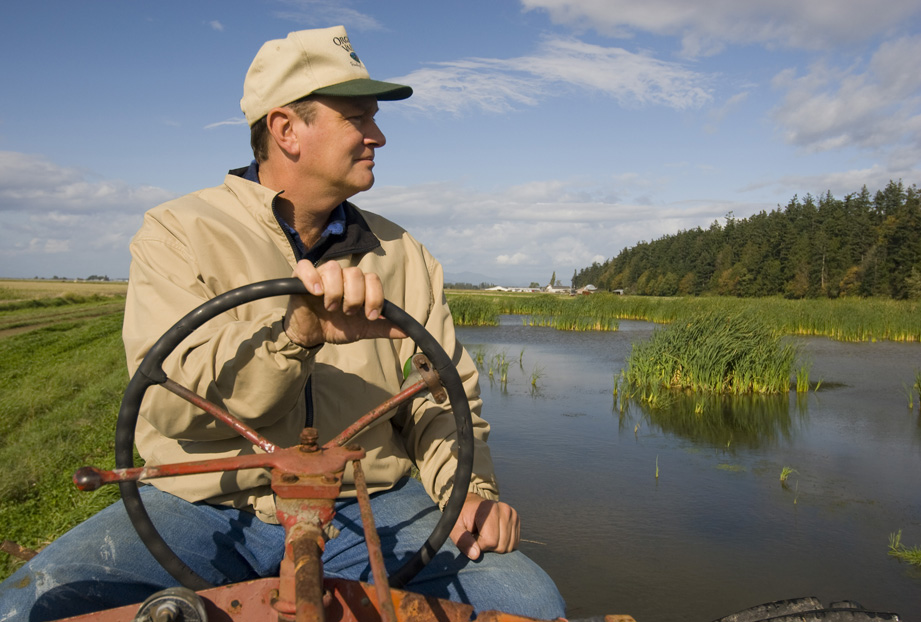Local farms, shellfish, salmon and clean water will benefit
SEATTLE: Farms, shellfish, salmon and water quality in the Puget Sound Region
will get a $9 million boost from a new federal conservation program
included in the 2014 Farm Bill.
Awards come through the Regional
Conservation Partnership Program (RCPP), a new program administered by
the U.S. Department of Agriculture through the Natural Resources
Conservation Service.
“This is a big win for local people who are
working together to maintain local sources of food, clean water and our
quality of life,” said Mark Clark, Director of the Washington State
Conservation Commission, which will manage funding for the Puget Sound
project.
Governor Inslee included $4 million in his proposed
budget for the non-federal matching funds required by the grant. It’s up
to state lawmakers to approve the matching funds as part of the
2015-2017 biennial budget, which is under consideration during the 2015
Legislative session underway now.
Early-action projects in the Puget Sound region are:
- Farmers
in Thomas Creek, a sub basin of the Samish River, will be eligible for
voluntary incentives to reduce runoff that impacts shellfish beds. There
is also $500K for a farmland protection project along the Samish River
(Skagit Conservation District).
- Farmers in the Snohomish and
Skykomish river valleys will receive assistance to manage nutrients and
restore riverfront land, as part of Snohomish County’s Sustainable Lands
Strategy. (Snohomish Conservation District)
- Dairy, livestock
and crop farmers along Newaukum Creek, in King County’s largest
agricultural production district, will be eligible for voluntary
incentives to plant vegetation and install fencing to keep livestock
out of the creek. (American Farmland Trust)
“This new
program furthers the broad-based work that we need to engage in for
Puget Sound recovery,” said Martha Kongsgaard, chair of the Puget Sound
Partnership Leadership Council. “Thanks to our congressional delegation,
particularly Sen. Patty Murray and Rep. Suzan DelBene, for their
leadership in securing this new funding source for Puget Sound. We also
greatly appreciate the opportunity to work with NRCS as they bring these
new resources that will strengthen the collaborative restoration and
protection efforts around Puget Sound.”
“The Tulalip Tribes, as
part of the Sustainable Lands Strategy, was delighted to hear that we
have been included in the RCPP funding,” said Terry Williams, Tulalip
Tribes Treaty Office. “Building partnerships between farms, fish, and
environment has proven to be a game changer here in Snohomish County.
Working together to understand the problems we are all facing has helped
us find mutual solutions.”
“We all have a stake in a healthy
Puget Sound, clean water, and thriving local farms and other food
producers,” said Heidi Eisenhour, Pacific Northwest Regional Director of
American Farmland Trust
“This is significant recognition and
support for locally-led conservation efforts, and a testimony to the
power of the diverse coalition of farm, shellfish, tribal and
conservation interests that has come together to support this effort,”
said George Boggs, of the Puget Sound Natural Resources Alliance.
“Thanks to The Nature Conservancy for its leadership in bringing this
coalition together to advocate for this program.”
The Puget Sound
Natural Resources Alliance will serve as the advisory committee for this
project. The Alliance is a collaboration of agriculture, aquaculture,
business, conservation groups and tribes working together to protect the
lands and waters of Puget Sound and strengthen the long term viability
of our natural resource industries and tribal treaty rights. The Nature
Conservancy is a member of the Alliance and will also serve on the
steering committee.
“In Washington state, we know how critical it
is to protect our natural resources, not only for the environment, but
also for our economy,” said Senator Murray, D-WA. “This funding from
the Regional Conservation Partnership Program will support local farmers
and build on the great work being done to restore the Puget Sound
region, grow the economy, and create jobs.“
“I’m thrilled that
this proposal was awarded. The Regional Conservation Partnership Program
was made possible through the Farm Bill, and I am pleased to work with
such a great coalition of partners to support this proposal,” Rep. Suzan
DelBene (D-WA-01) said. “The project will help improve water quality
and habitat for many species, as well as the overall ecosystem, while
preserving the beautiful nature of the Pacific Northwest.”
RCPP is
a public-private partnership designed to focus conservation efforts on
the most critical watersheds and landscapes. Under the program, local
partners propose conservation projects specific to their region to
improve soil health, water quality and water use efficiency, wildlife
habitat and other natural resources on private lands.
Contact information
Robin Stanton
Media Relations - The Nature Conservancy
(206) 436-6274
rstanton@tnc.org






